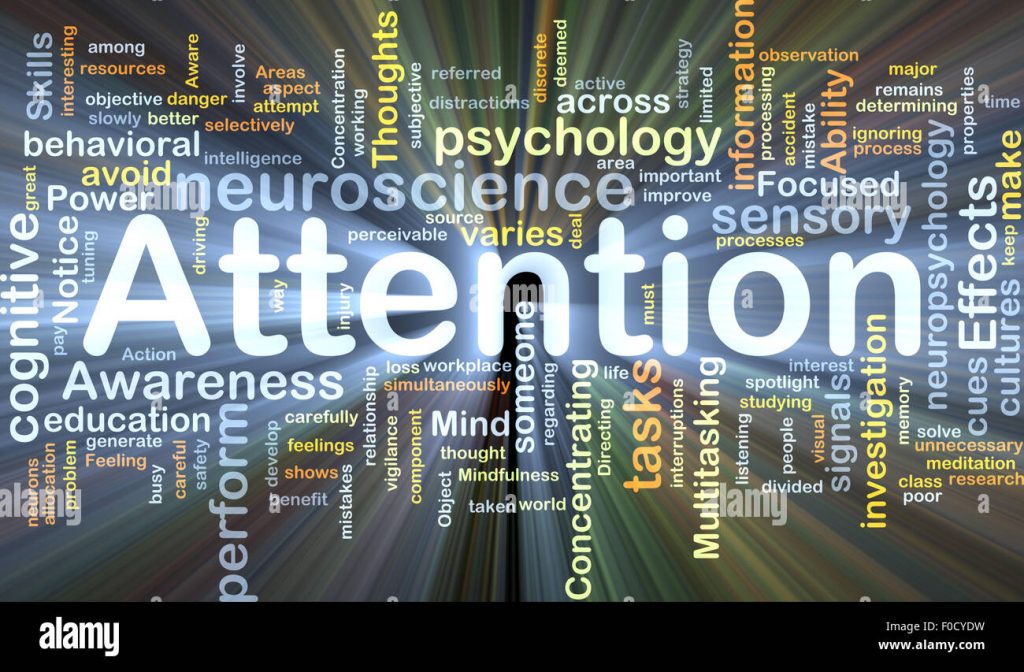
This was probably the most frustrating, annoying thing I’ve ever worked with! While there are apps out there that could compete with this one, it did make the point – with a sledgehammer. In an article about usability, Woolgar (1990, p. 60), states:
“It should be clear by now that technology, and information technology (IT) in particular, is just the latest excuse for doing social science.”

I was not able to get past the first page, despite discovering how to get around the deceptions – “send to bottom” and the “close” button hidden in the corner of the nag screen for the timer. I also had to select and de-select the agreement box many times, an obvious ploy to make you agree to their terms despite the double negative in the sentence. You can’t proceed unless you do not agree to the privacy terms – so your information is available for them to use any way they want. A subtle and deceptive manipulation to get around privacy laws.
This exercise, to me, is akin to the whole subversive subliminal advertising controversy in the ’60’s and ’70’s. This debate was around advertising companies using subtle images or words embedded in advertising to increase sales, usually around sexual content. More recently, Gherasim & Gherasim (2020) discuss the use of neuromarketing. This is the use of neuroscience to influence the consumer public: “…the subliminal suggestions it contains can be compared to the hypnotic ones. Such advertising messages are therefore intended to influence a consumer’s intention to buy, without the consumer being aware of the true source of motivation.” (p. 41).
“…the subliminal suggestions it contains can be compared to the hypnotic ones. Such advertising messages are therefore intended to influence a consumer’s intention to buy, without the consumer being aware of the true source of motivation.” (p. 41).
This is similar to the issues of the attention economy – marketers, businesses and developers wanting to force users into paying attention to what they want them to pay attention to. This is clear in this case of the game. This ‘game’ is trying to configure the user, as Woolgar (1990) puts it by dictating what is deemed important by the people designing it.

Could this phenomenon of the attention economy, and perhaps also neuromarketing, be compared to the use of ‘clickbait’ to increase views in social media platforms? Particularly for those content creators who are monetized or trying to get monetized?
References
Brignull, H. (2011, November 1). Dark Patterns: Deception vs. Honesty in UI Design. A List Apart. https://alistapart.com/article/dark-patterns-deception-vs-honesty-in-ui-design/
Gherasim, A., & Gherasim, D. (2020). From subliminal perception to neuromarketing. Economy Transdisciplinarity Cognition Journal, 23(2), 40-46.
Woolgar, S. (1990). Configuring the User: The Case of Usability Trials. The Sociological Review, 38(1_suppl), 58–99. https://doi.org/10.1111/j.1467-954x.1990.tb03349.x

Hi Angela, I also had a tough time with the game. The whole interface of the game could be more user intuitive. The buttons are not where they are supposed to be. I think it is an exciting point that you bring up about click baits because, along with click baits, some ads seem to appear at the right time and don’t seem to want to close. It looks like they are playing to the fact that users will take longer to find the close button if they hide it or if it is under the “sponsor” font. As a user, I can’t help but feel sometimes insulted because I think I am pretty tech-savvy, and I can’t close a pop-up.
Hi Sarah,
Did you mean Deborah? I’m not Angela 🙂
But I agree, that game was not intuitive at all. It made it’s point though! I think you’re right in that the ads are designed that way so you click on the wrong spot to actually take you to the ad, rather than closing it. Thanks for your comment!
Hi Angela,
I appreciated your comments on this topic and I have used this post as one of my linking assignments.
https://blogs.ubc.ca/dc54065a/link-4-angela/
Hi Dana,
Thanks for letting me know! Did you mean to add me or Angela? I’m Deborah! 🙂
Hello Deborah! I fully agree with you with the fact that this task was so frustrating! The game UI was a complete mess to the point where I couldn’t even complete the game… As Brignull mentioned, “trammel net used in fishing, which uses different layers to entangle prey in different ways.”. I really enjoyed reading the part of your post about the subliminal advertising controversy in the ’60’s and ’70’s. I recognized how the advertiser will always try and direct/ shift consumer attention when desired. Thank you for your great post.